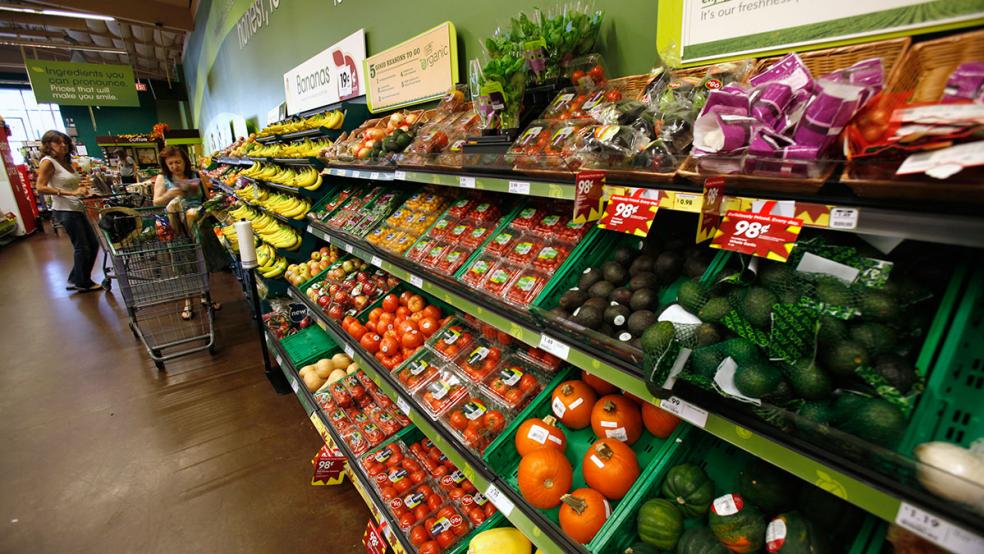As some Republicans vow to impose more stringent work requirements on those who receive benefits from federal social programs, analysts at the Center on Budget and Policy Priorities took a look at how potential rules changes would affect those currently receiving food stamps through the Supplemental Nutrition Assistance Program, or SNAP.
Rep. Dusty Johnson (R-SD) has sponsored a bill called the America Works Act that would require a significantly larger number of people receiving food assistance to routinely report their work and educational efforts in order to continue to receive aid. States would face more stringent rules on providing waivers to work requirements, and able-bodied individuals between the ages of 49 and 65 would be subject to the same rules as those who are younger. In addition, some parents with young children would no longer receive automatic waivers from work requirements. (“By seven years old a child is in school nearly 35 hours a week,” Johnson says. “If a child can go to school nearly full-time, a parent with no other children under the age of seven can work 20 hours per week.”)
Analysts at CBPP say the restrictions could reduce or eliminate food benefits for about 10 million people. “Altogether more than 10 million people, about 1 in 4 SNAP participants, live in households that would be at risk of losing food assistance benefits under this bill,” CBPP’s Katie Bergh and Dottie Rosenbaum write. “That includes about 6 million people who would potentially be newly subject to the time limit and at risk of losing eligibility for SNAP, and about 4 million children who live in families that could have their SNAP benefits reduced, harming the entire household.”
Digging in at the state level, CBPP’s Ed Bolen, Dottie Rosenbaum and Catlin Nchako found that about 26% of all SNAP beneficiaries live in households at risk of losing their aid under the new rules. The larger states would see significant numbers of people losing their benefits, with more than a million people at risk in California, about 855,000 in Texas, 725,000 in Florida and 610,000 in New York.
The bottom line: Republicans are looking for ways to reduce spending, and social welfare programs like SNAP, which cost about $119 billion in 2022, are likely targets. And even without budgetary motives, the food stamp program could come under pressure. Johnson, whose family received federal food aid when he was a child, said his primary goal is to do the right thing, in his view, not to save money. “My real motivation for work requirements is the fact that they are proven to help lift people out of poverty,” he said earlier this month. “To the extent that we save some money, I think is nice as well, but it's not the primary motivator.”




